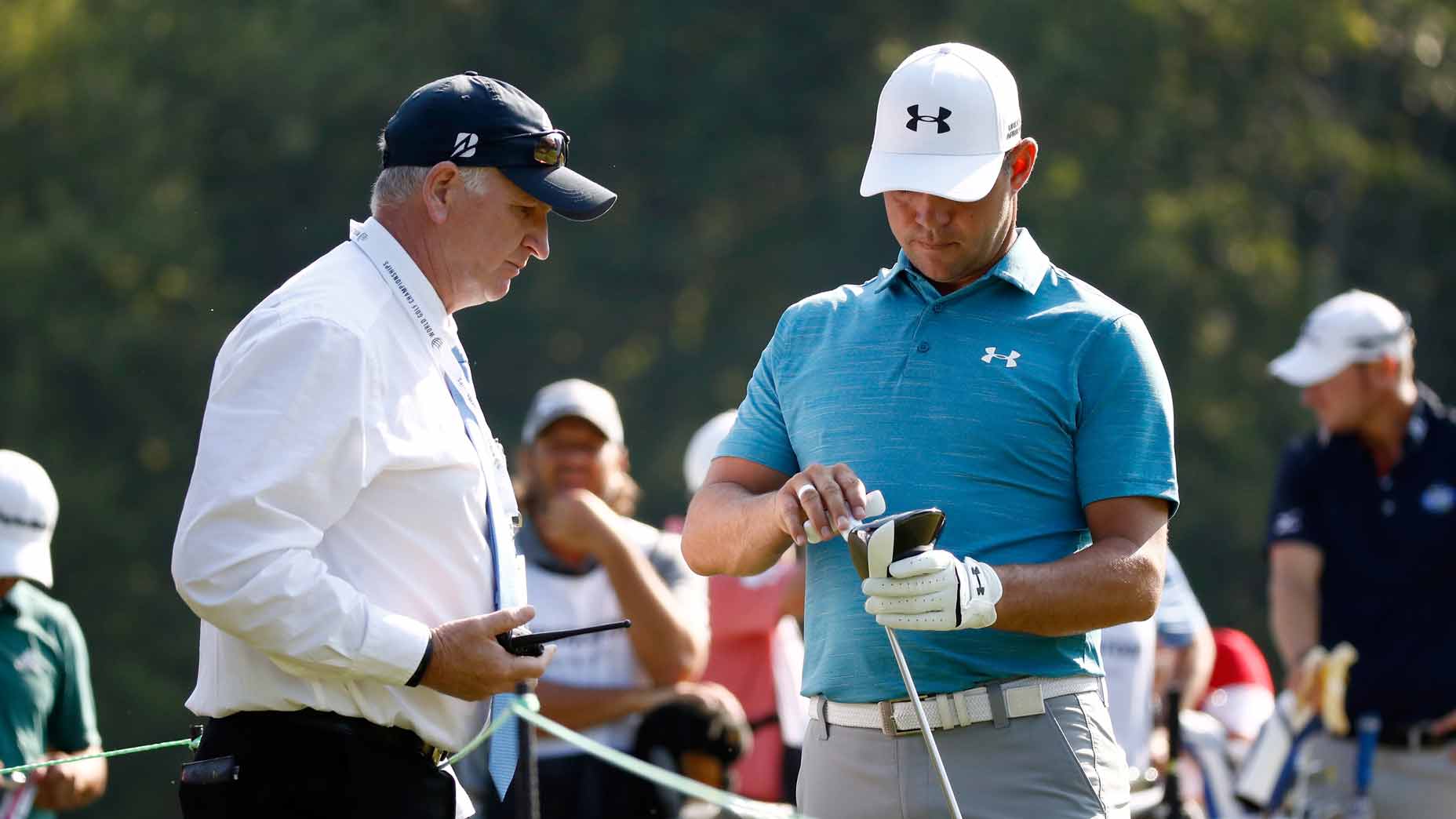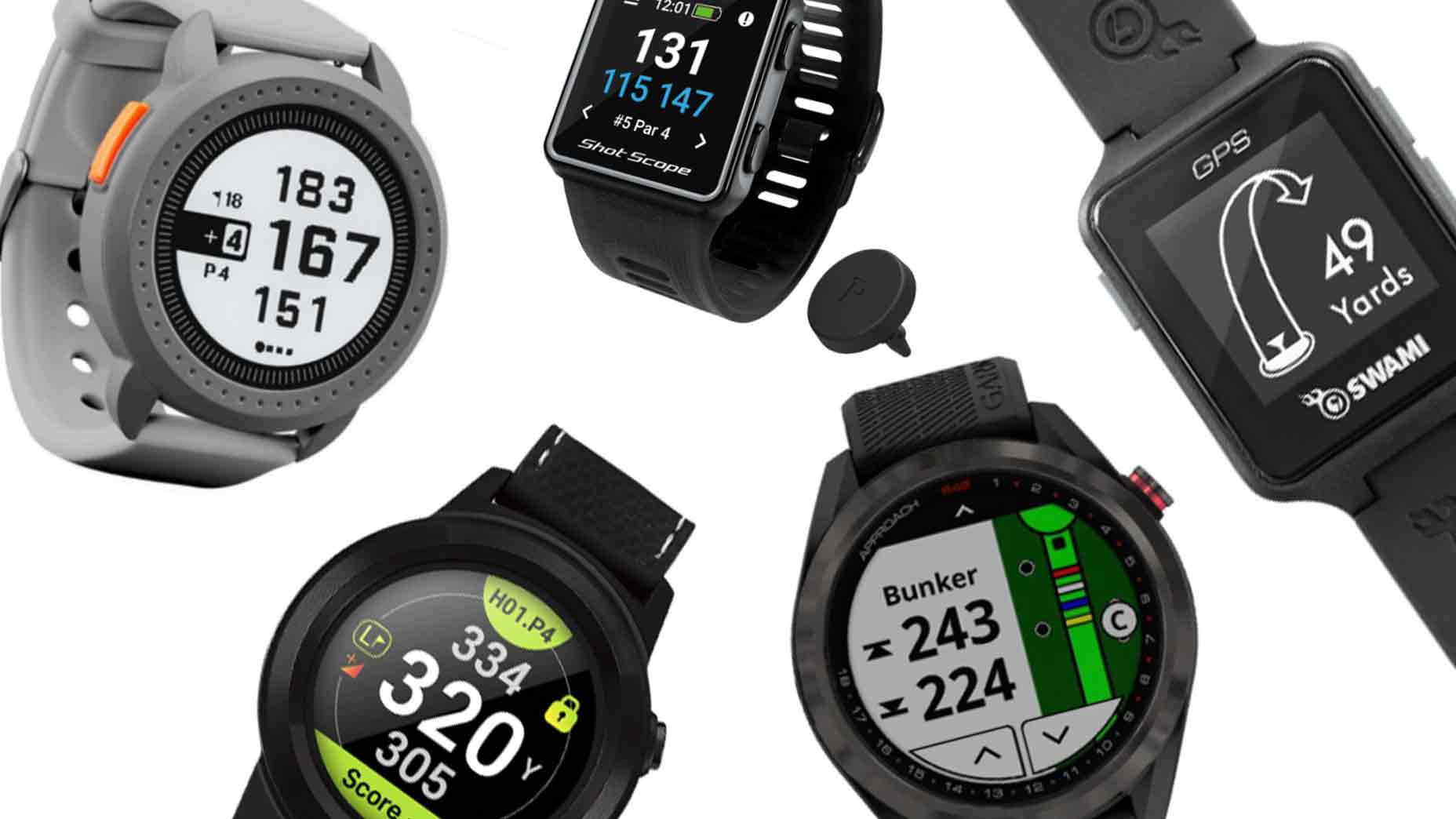
Gary Woodland using his adjustable driver
Getty images
It’s been almost 20 years since adjustable-weight drivers hit the mainstream, and close to 15 years since adjustable hosels gave golfers, and fitters access to Tour-level adjustability — but with more adjustability comes confusion.
Like with a lot of new technologies, consumer understanding generally lags behind where companies push the tech envelope and adjustable drivers are the last frontier for gaining distance and reducing dispersion.
This adjustability guide will help you regardless of the driver model you use, so you can get the most out of every swing.
Problem – Hitting it too high with too much spin
Solution – One of the biggest contributors to hitting the ball too high and with too much spin is too much loft delivered at impact. By adjusting the hosel settings to lower the loft you can quickly reduce the initial launch angle and help reduce spin.
Also important to keep in mind that face contact is one of the biggest contributors to spin which is caused by gear effect, so if you lower the loft on your driver and are still seeing an issue, it might be time to look at where you are contacting the ball on the face to help dial you in.
If your driver has adjustable weights you also want to get that weight as forward and close to the face in the head as possible.
Problem – Hitting the ball too low
Solution – Modern golf balls are designed to help reduce spin off the tee so if your ball flight is extremely flat, it’s a good sign you need more loft and more spin to maximize your distance, especially if you play in soft or wet conditions.
In the case of hosel adjustement that means adding loft to get spin and launch up to a point where you are seeing extra carry. If your driver also has adjustable weights you want to position those as rearward as possible since weight further back helps increase dynamic loft and can help with carry distance. Another benefit of more adjustable weight in the back of the head is you will increase stability on mishits.
Problem – Slicing the ball

Getty images
Ah yes the dreaded slice. Let me lead with a disclaimer: equipment can only do so much and if you have a wide-open face-to-path relationship (Want to fix your slice? Try this tip from a Top 100 Teacher) then there isn’t a driver on the market that’s going to all-out cure it — but you can find help.
Solution – To help reduce spin axis (aka “side spin”) the first thing you want to do is put any adjustable weight into the heel side of the club. A lot of OEMs have this marked as the draw weight setting, and whether it’s marked on the driver or not, it’s the placement that puts the weight closer to the shaft side of the head. This setting can improve draw, induce gear effect and make it easier to close the club face.
The hosel settings you want to utilize will be to increase the loft and or increase the lie angle to make the club more upright. Just like with irons, an adjustment in lie angle with help improve the start line and can help reduce curvature. Combining an upright setting with heel bias weight is your best bet to reduce your slice.
Problem – Hooking the ball
In the case of hooking the golf ball, the goal is to either help the face stay open or start the ball more right of target — in the case of a right-handed golfer.
Solution – For any adjustable weight you want to have it placed in the back of the sole or out towards the toe. More weight in the toe should slow the rate of rotation which will help keep more of the driver loft presented at impact.
As for hosel settings, you want to open the face by using a lower loft setting or if you are using a driver that has dual adjustments you want to place the hosel in the flattest possible setting to alter the start line, aka: initial launch direction on most launch monitors, to keep it more online with the target.
So there you have it — the four most popular ways to adjust your driver for longer straighter shots. Now it’s up to you, a torque wrench, and some range balls to adjust your way to longer straighter shots.










